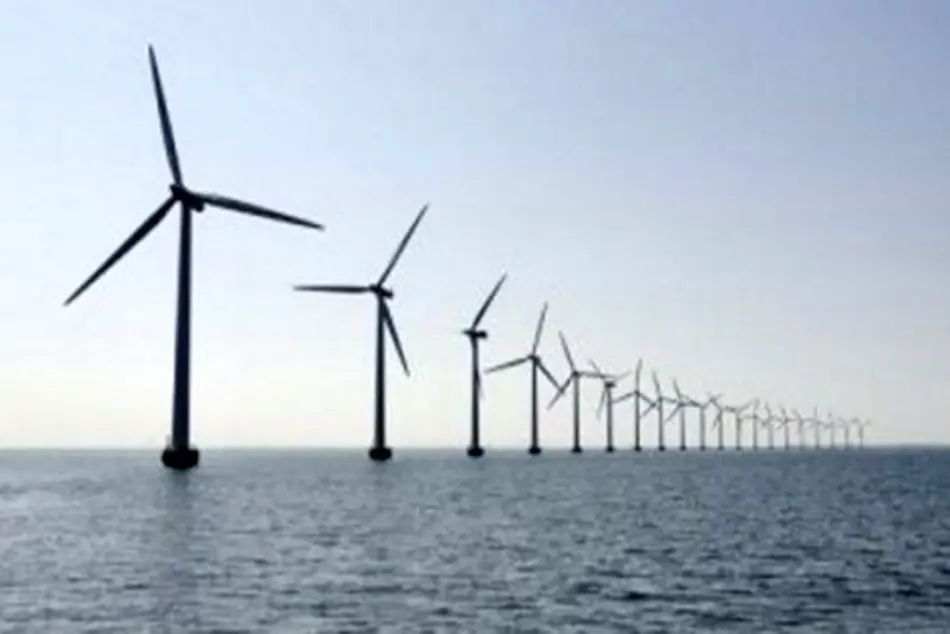New England States Move Forward with Three Giant Offshore Wind Farms
Massachusetts and Rhode Island are moving ahead with three offshore wind projects totaling 2.9 gigawatts (GW), or enough electricity to power about 1.6 million homes, government officials announced on Friday.

Massachusetts and Rhode Island are moving ahead with three offshore wind projects totaling 2.9 gigawatts (GW), or enough electricity to power about 1.6 million homes, government officials announced on Friday.
The project selections, following a joint solicitation in March for wind farms to be built off of New England's shores, move Massachusetts and Rhode Island closer to state renewable energy goals aimed at combating the effects of climate change.
"We are taking an important step towards energy independence, cleaner air and transforming our economy," Governor Maura Healey said in a statement.
The U.S. offshore wind industry has stabilized in the second half of 2024, after a disastrous pervious year that saw developers cancel multiple project contracts and take $9.1 billion in write-offs and impairments on abandoned projects.
New England's newly selected offshore projects include SouthCoast Wind, New England Wind 1 and Vineyard Wind 2. Avangrid is behind New England Wind 1, Southcoast is backed by a joint venture between EDP Energias de Portugal and Engie and Vineyard Wind 2 is being developed by Vineyard Offshore, which is held by funds managed by Copenhagen Infrastructure Partners.
The projects are expected to begin delivering power in around the end of the decade.
Federal and state climate pledges have largely centered around decarbonizing electrical grids by replacing fossil-fired power with renewable wind and solar. Massachusetts aims to slash its power sector's carbon emissions by 50% by 2030 and 100% by 2050. The much smaller Rhode Island has set a goal to use all renewables by 2033.

